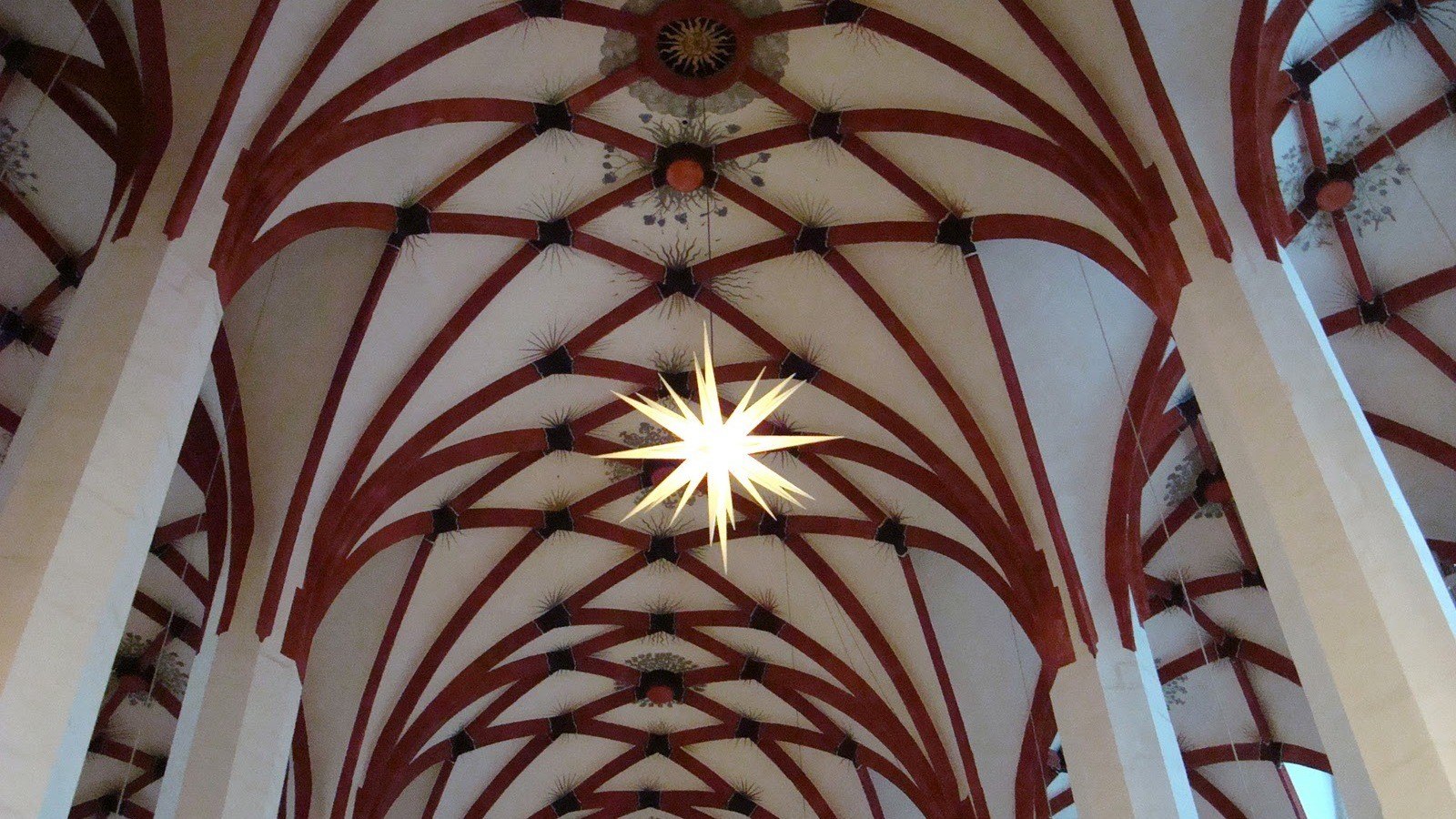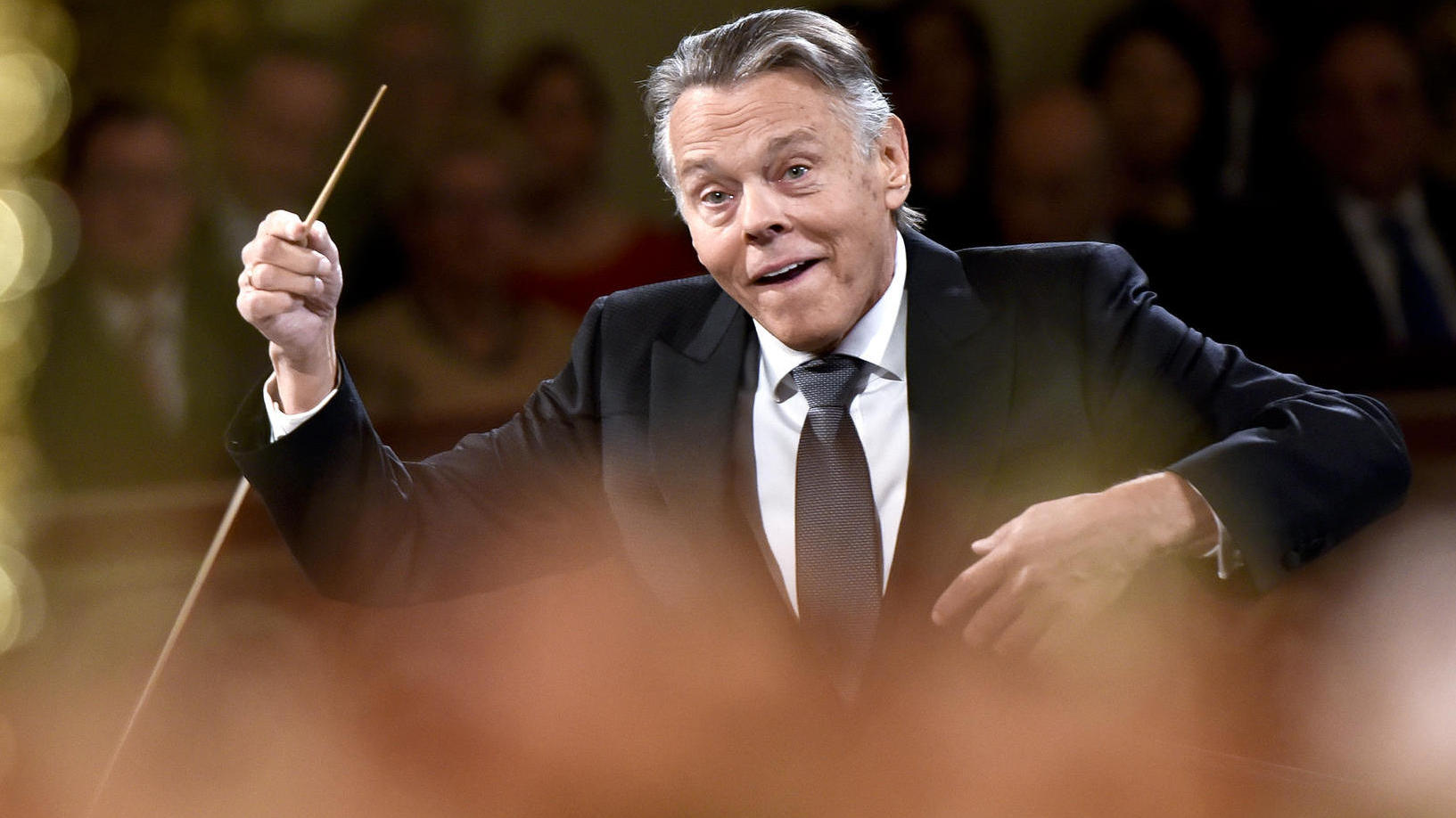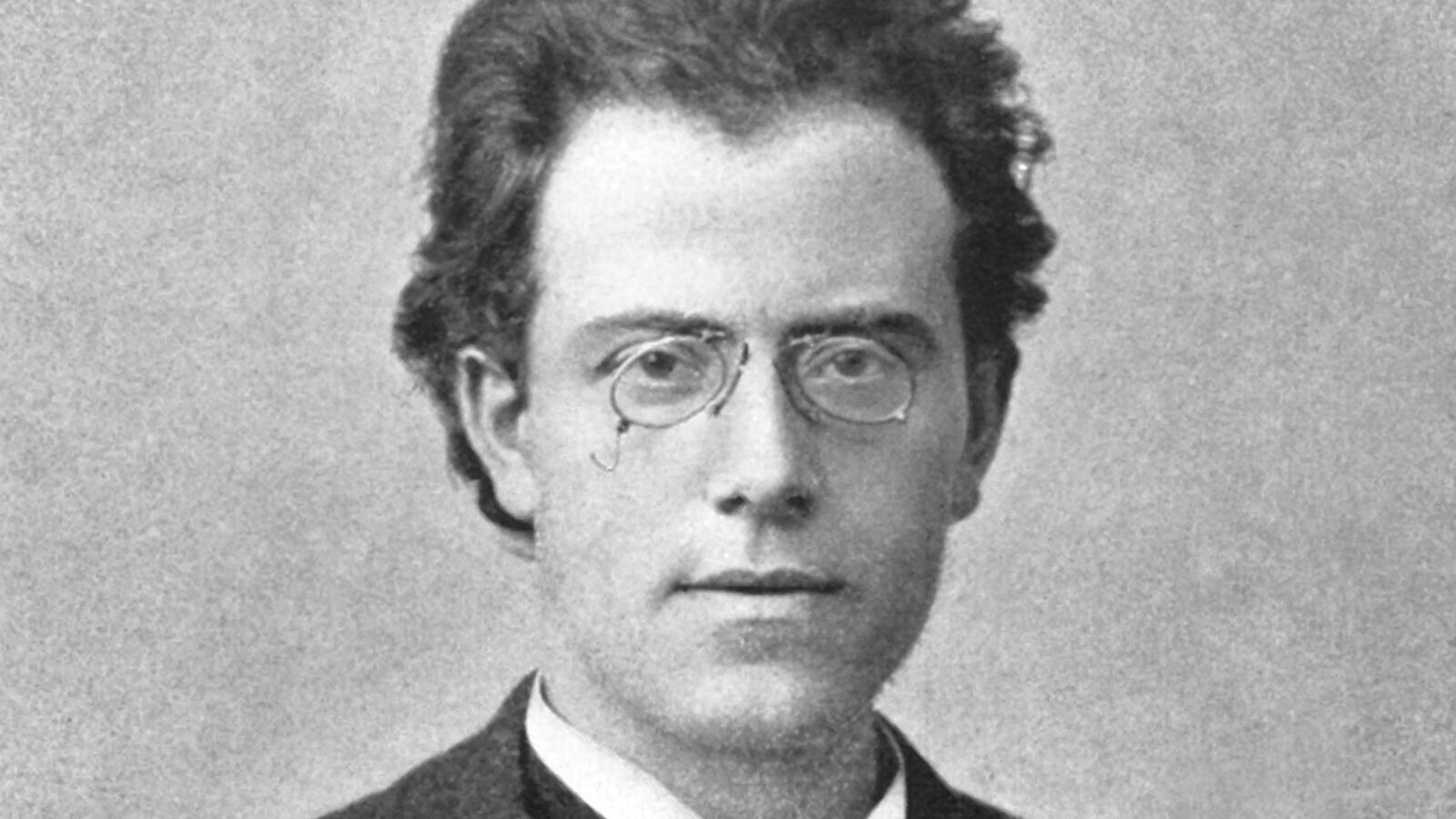Maurice Duruflé’s “Four Motets on Gregorian Themes”: An Excerpt from the Houston Chamber Choir’s New Recording
Here is another brief excerpt from a Grammy nominated recording we sampled last month. It comes from the album, Duruflé: Complete Choral Works, released last April. The Houston Chamber Choir is led by its artistic director and founder Robert Simpson. The serene, timeless sounds of Gregorian chant emerge throughout the music of the twentieth century French composer and organist Maurice Duruflé (1902-1986). In Quatre Motets sur des thèmes grégoriens (“Four motets on Gregorian themes”), written in 1960, echoes …







